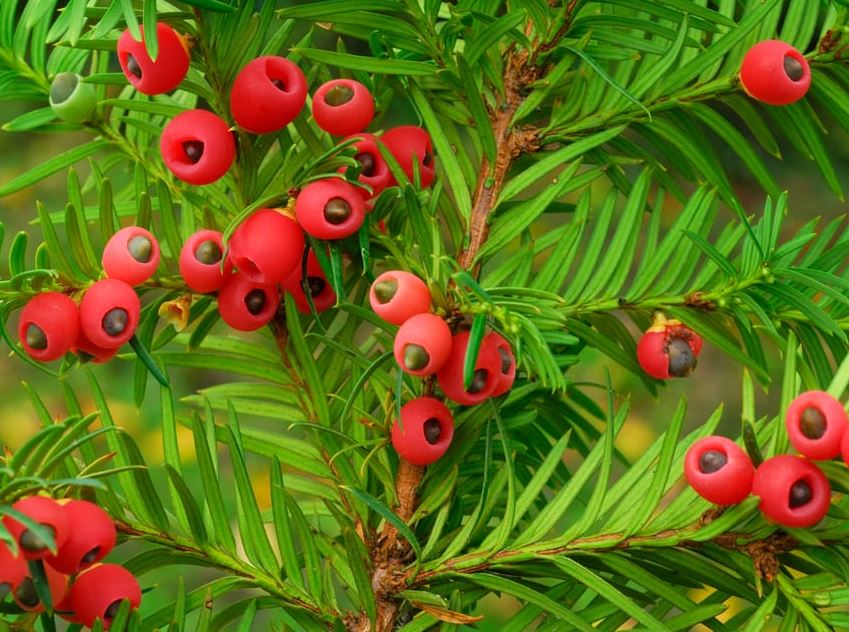
Nature’s vibrant palette includes an array of fruits that entice with their colors and aroma. However, hidden among these enticing offerings are fruits that conceal deadly secrets. These seemingly harmless fruits can cause severe harm or even death if consumed. In this article, we will explore five such poisonous fruits, emphasizing the importance of awareness and caution in our interaction with the natural world.
Ackee
Originating from West Africa, the ackee fruit is a staple in Jamaican cuisine. Its bright red exterior and pear-like shape are inviting, but inside lies a perilous surprise. Ackee contains hypoglycin A and hypoglycin B, toxins that can lead to Jamaican Vomiting Sickness when consumed unripe or improperly prepared. Symptoms include severe vomiting, seizures, and, in extreme cases, coma. Proper harvesting and cooking methods are crucial to neutralize these toxins, making ackee consumption safer.
Manchineel
The manchineel tree, native to the Caribbean and parts of Florida, produces small, greenish-yellow fruits resembling tiny apples. Despite their appealing appearance, these fruits are extremely toxic. The tree’s sap and fruits contain phorbol and other toxins that cause blistering upon contact with the skin and severe gastrointestinal distress, leading to potential fatality if ingested. Caution signs are often placed near these trees to prevent unsuspecting individuals from falling victim to their toxic allure.
Rosary Pea
With its striking red and black seeds, the rosary pea might be visually captivating, but it houses a lethal secret. The seeds contain abrin, a potent toxin inhibiting protein synthesis in cells. Ingesting just a single seed can be fatal, causing symptoms like nausea, vomiting, and, eventually, organ failure. In some cultures, the seeds have been used historically for ornamental purposes, emphasizing the importance of education about their toxicity.
Horse Chestnut
Horse chestnuts, resembling edible chestnuts, are a common sight in parks and gardens. However, they are not meant for human consumption. These seeds contain aesculin, a glycoside that, when ingested in large quantities, can cause nausea, vomiting, diarrhea, and, in severe cases, paralysis. Mistakenly consumed by children, horse chestnuts pose a particular risk due to their attractive appearance. It is crucial to educate both children and adults about the dangers associated with these seemingly harmless seeds
European Spindle
The European spindle tree boasts vibrant red and orange berries that adorn gardens and forests. While visually appealing, these berries contain alkaloids and compounds that cause gastrointestinal distress, dizziness, and, in extreme cases, cardiac arrest. Children are especially vulnerable due to the attractive colors of the berries, making them likely to be mistaken for edible fruits. Awareness about the dangers associated with the European spindle can prevent accidental ingestions and subsequent health risks.













